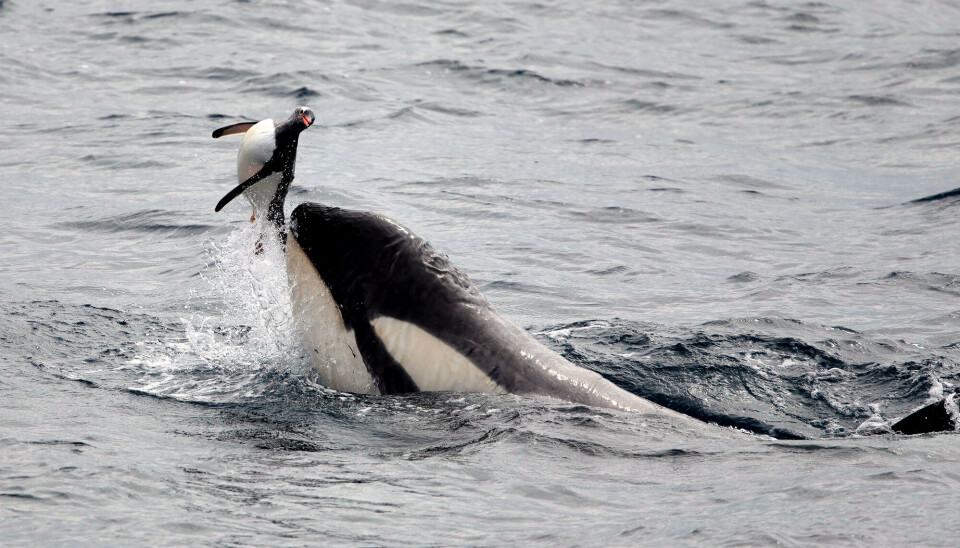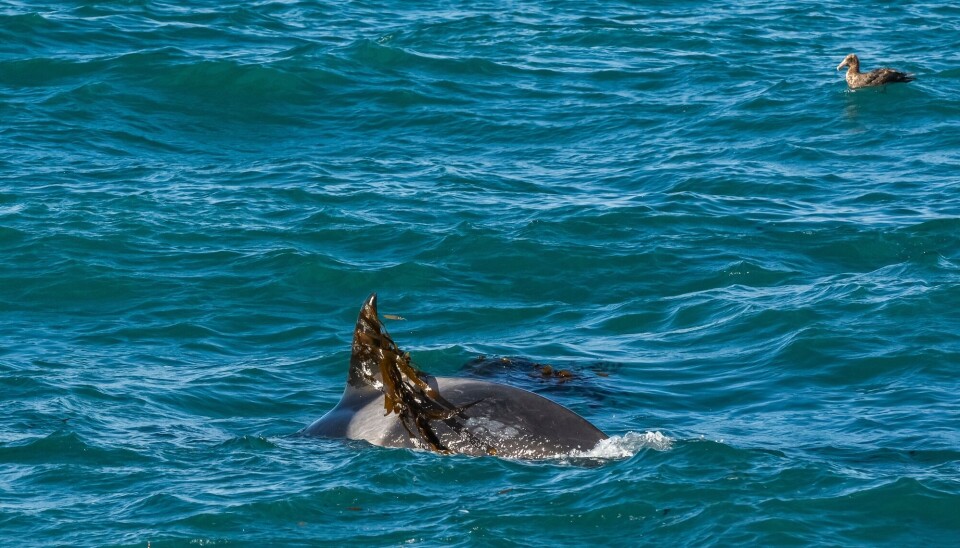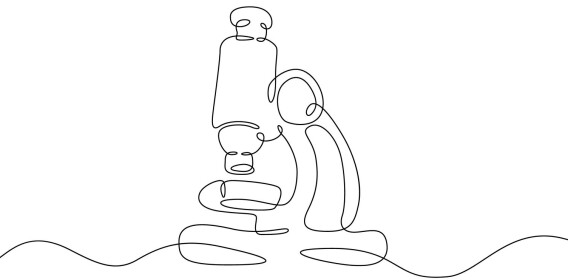A development from the Eighties is likely to be making a comeback.
In October final 12 months, photographer Jim Pasola captured a photograph of the orca J27, also called Blackberry, with a salmon on its head.
Blackberry was searching in Puget Sound close to Seattle, USA, with its household group, the J Pod, when the photographer snapped the shot.
The picture led a number of American media shops to marvel if the salmon hat development from the Eighties was lastly again in model.
The salmon hat
In the summertime of 1987, a feminine orca started swimming round with a lifeless salmon on her nostril in Puget Sound.
This salmon hat development unfold, and ultimately, the whole pod swam round with salmon on their heads.
Over the following six weeks, two different pods within the space additionally began swimming with lifeless salmon on their heads.
However then the development stopped. The next 12 months, no orcas have been seen carrying salmon hats.
Researchers usually are not completely certain why the orcas did this or why they stopped.
Play with their meals
“The development seemingly started with an orca that discovered it amusing and began taking part in with the salmon,” says Anders Ruus.
He researches whales on the Norwegian Institute for Water Analysis (NIVA).
“If others discover it enjoyable too, they begin imitating,” he says.
Orcas are social animals that stay with their household teams and study from one another. Typically, they study to hunt via play.
“They are a bit like us people. We additionally study rather a lot via play after we’re younger,” he says.
Different animals additionally fall sufferer to orcas’ leisure.

“Some orcas toss an unlucky seal into the air and slap it with their tail earlier than consuming it. It’s nearly like they’re taking part in tennis with the seal,” says Ruus.
Ruus compares orcas to cats that play with mice.
“They do not want to do that, as they’re already fairly environment friendly predators,” he says.
Loads of meals within the water?
One principle about why orcas swim with a salmon on their heads is that they’ve had easy accessibility to meals.
The pod of orcas that began the salmon hat development relied completely on salmon.
Stephanie Raymond from Orca Community says that searching has not been difficult lately.
“This fall, Puget Sound has had a file quantity of salmon. Orcas have been visiting the waters close to Seattle incessantly to hunt,” she says.
Whale researcher Ruus believes that this abundance of meals may enable orcas to let free slightly.
“It might be a type of celebration. They’re indulging in taking part in with their meals,” says Ruus.

Doubt that the development is again
“It was an precise development within the 80s. This was one in every of many orca tendencies we have seen come and gone,” Monika Wieland Shields tells sciencenorway.no.
She works on the whale analysis organisation Orca Conduct Institute. She just isn’t satisfied that the salmon hat development has returned.
“The declare that the development is again relies on a single photograph taken in Puget Sound in October. In that photograph, the fish continues to be alive, so I believe it is extra seemingly that the orca was attempting to stun the fish earlier than catching it,” she says.
Whale researcher Volker Deecke from the College of Cumbria in England agrees that it’s untimely to declare the development is again.
“Orcas typically eat salmon close to the floor of the water. The fish may need ended up on the pinnacle unintentionally. Solely time will inform if this behaviour spreads to extra orcas prefer it did in 1987,” he says.
Deecke doesn’t rule out the likelihood that this behaviour could have occurred sometimes over the previous 37 years, however higher cameras make it simpler to detect now.
No different photographs of orcas with salmon hats have been taken within the space since October.
———
Translated by Alette Bjordal Gjellesvik
Learn the Norwegian model of this text on ung.forskning.no
References:
Marine Mammal Fee: Southern Resident Killer Whale
Orca Networks: PHOTOS OF THE DAY, October 29, 2024

Subscribe to our publication
The newest information from Science Norway, despatched twice per week and fully free.
Enroll